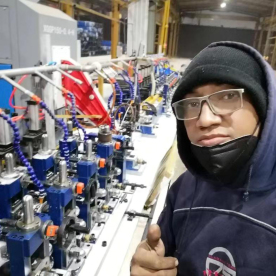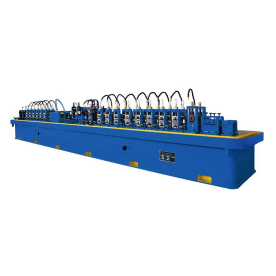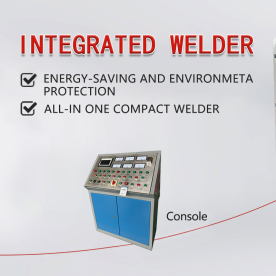[Precision Flying Saw Machine]Exploring the Advantages and Applications of Precision Flying Saw Machines in Modern Manufacturing Processes
News 2024-9-18
In the fast-paced world of manufacturing, precision and efficiency are paramount to staying competitive. One of the cutting-edge technologies that have significantly transformed the fabrication and construction industry is the Precision Flying Saw Machine. This innovative equipment is playing a vital role in optimizing production processes, improving product quality, and reducing waste. This article delves into the fundamental aspects of Precision Flying Saw Machines, highlighting their advantages, applications, and the technology behind their remarkable capabilities.
A Precision Flying Saw Machine is designed to cut materials with high accuracy and speed, eliminating the traditional slow and labor-intensive methods. Unlike conventional saws, which operate on a fixed position, flying saws utilize a dynamic cutting mechanism that allows for continuous movement. This machine is typically used to cut various materials, such as metal, plastic, wood, and composites, into specified dimensions, making it indispensable across multiple industries.
One of the most significant advantages of Precision Flying Saw Machines is their efficiency. The machine operates at high cutting speeds while maintaining precision, ensuring that production cycles are shortened without sacrificing accuracy. This increased productivity leads to reduced operational costs, as manufacturers can produce more parts in a shorter time frame. Consequently, businesses can meet customer demands more effectively and respond to market changes promptly.
Moreover, the Precision Flying Saw Machine is equipped with advanced control systems that enhance its cutting capabilities. Many modern models feature computer numerical control (CNC) technology, allowing for intricate design specifications and complex cuts. This precision cut is crucial for industries such as aerospace and automotive, where tolerances must adhere to stringent quality standards. The ability to produce precise components consistently boosts overall product quality and reliability.
Another notable benefit of these machines is their versatility. Precision Flying Saw Machines can be adapted to cut a wide range of materials, making them suitable for various applications, from manufacturing HVAC ducts to producing intricate components for electronic devices. This adaptability allows manufacturers to consolidate their equipment and streamline operations, reducing the need for multiple machines and minimizing manual labor requirements.

Exploring the Advantages and Applications of Precision Flying Saw Machines in Modern Manufacturing Processes

Exploring the Advantages and Applications of Precision Flying Saw Machines in Modern Manufacturing Processes
However, transitioning to a Precision Flying Saw Machine might require a significant investment, which could be a barrier for smaller manufacturers. Nevertheless, the long-term benefits and return on investment through increased efficiency, reduced waste, and improved quality make it an appealing option for many. As technology continues to evolve, the affordability and accessibility of these machines are likely to improve, allowing more companies to benefit from their capabilities.

